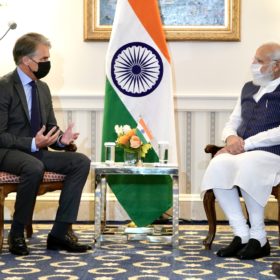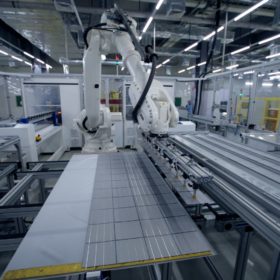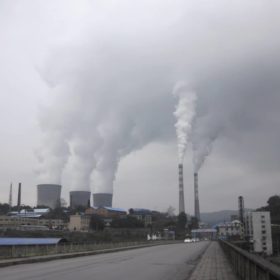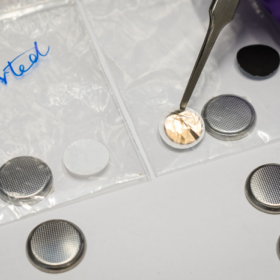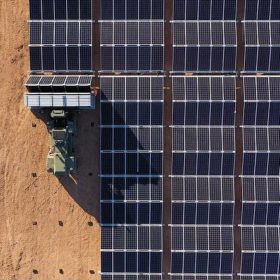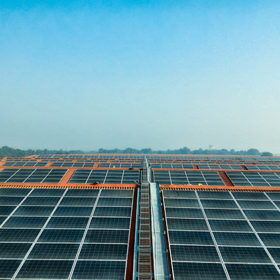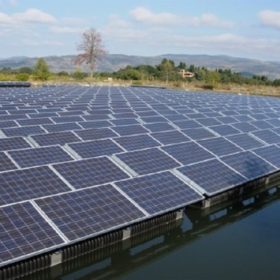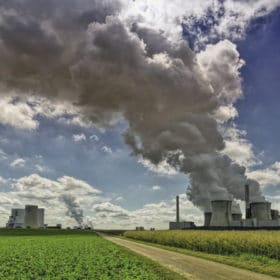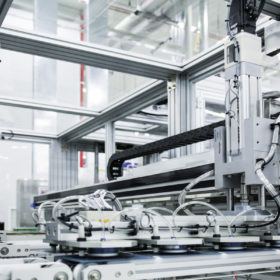China develops tech to detect module faults in all weather and lights
The system combines software that applies a modulated electric current to the PV panels and an indium-gallium-arsenide (InGaAs) photodiode detector that takes a sequence of images of the panels. According to its creators, the proposed technique works with any lighting conditions and in all weather.
First Solar CEO meets India’s prime minister
The Indian government has created a strong balance between industrial policy as well as trade policy, which provides companies like First Solar an ideal opportunity to establish their manufacturing facilities in India, according to First Solar chief executive officer Mark Widmar.
Adani, Reliance to set up solar gigafabs in India
Adani, Reliance New Energy, Jindal India Solar and Shirdi Sai Electricals have been put on a shortlist for India’s production-linked incentive scheme for high-efficiency PV module manufacturing. The list includes 14 other companies vying for the incentives.
China pledges not to build new coal plants abroad yet questions remain
President Xi Jinping’s pledge this week at the United Nations General Assembly that China will not build new coal-fired plants abroad is welcome news; however, Asia’s transition to low carbon energies remains in dire need of policy reforms.
Novel technique to prevent fires in lithium-ion batteries
Singaporean scientists have developed a special device that prevents the formation of dendrites in lithium-ion storage. The additional layer they created works as an interface on behalf of the negative electrode, to exchange lithium-ions with the positive electrode.
World’s largest solar+storage project ‘first of many’ says developer
The Australian-Singapore group behind a proposed 20 GW solar PV farm and 42 GWh battery energy storage project being developed in Australia’s remote far north has hinted other, similar-sized projects are already in the pipeline.
India added a record 521 MW of rooftop solar in Q2
The addition of 521 MW between April to June was India’s highest ever rooftop solar capacity installed in a single quarter.
India’s largest floating solar plant commissioned
The state-owned engineer and solar EPC Bharat Heavy Electricals Limited (BHEL) has commissioned a 25 MW project at NTPC’s Simhadri thermal power station, in Andhra Pradesh.
Australia branded a laggard as new report reveals China holds key to cancelling global coal projects
With pressure mounting on the world’s governments to turn their back on the fossil fuel, China and peers in South East Asia, Europe and South Asia could help deliver a coal-free future at the COP26 climate summit planned in Glasgow in November.
Hanwha Q Cells unveils plan to produce perovskite, TOPCon solar modules
The US$1.28 billion (AU$1.7 billion) plan includes a 3.1 GW production capacity expansion in South Korea, where the company’s solar module capacity will reach 7.6 GW by 2025.

